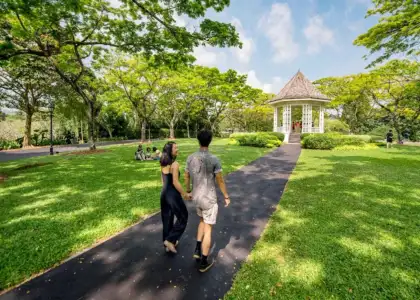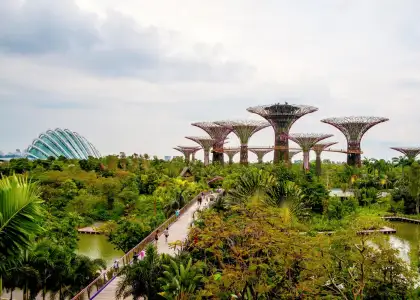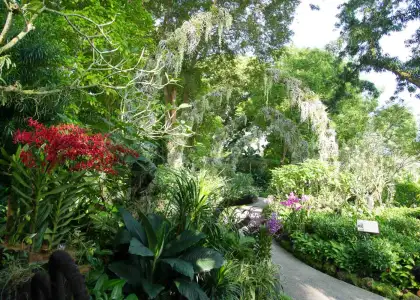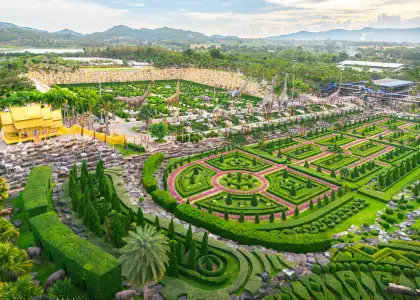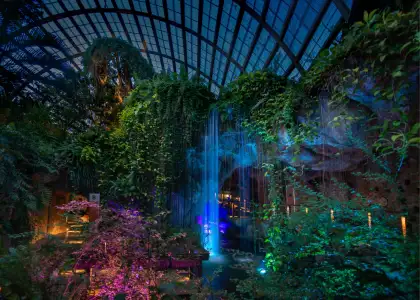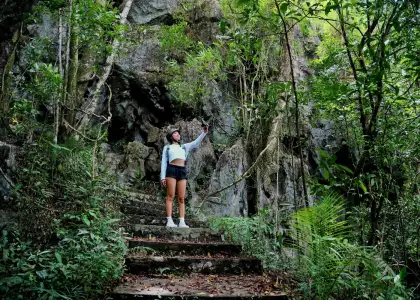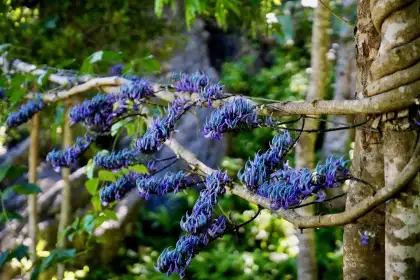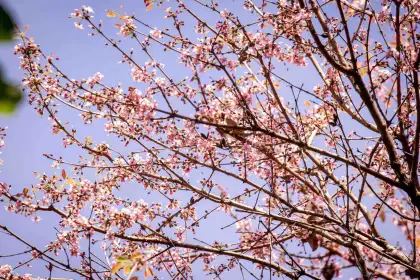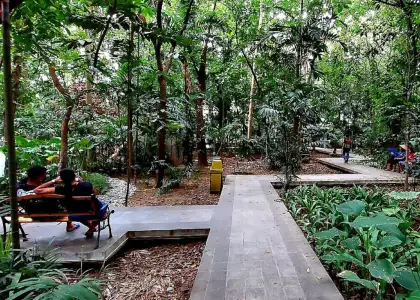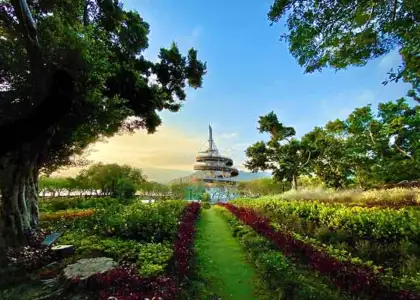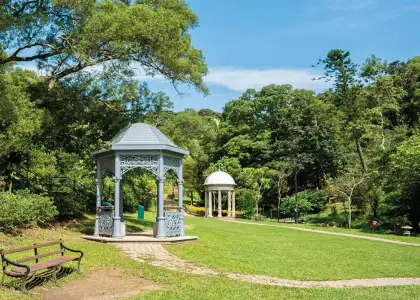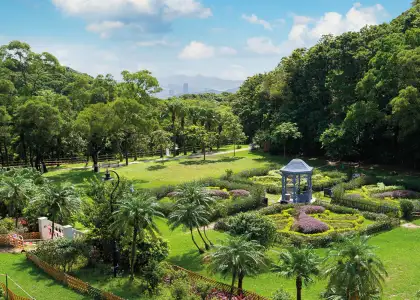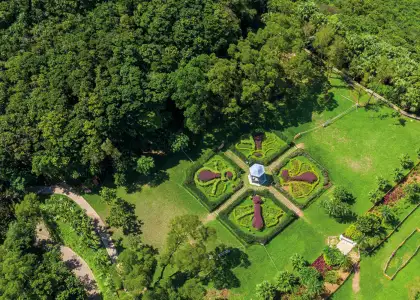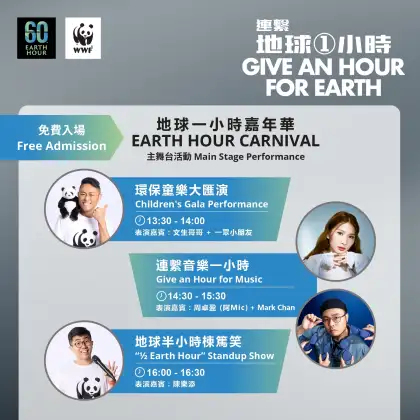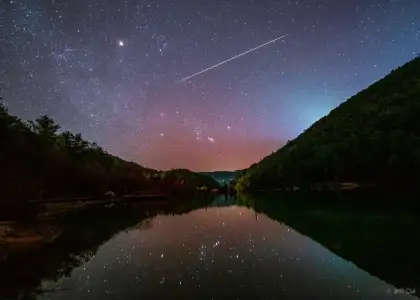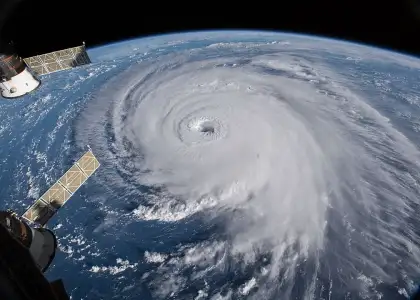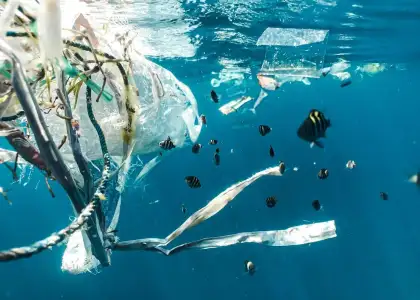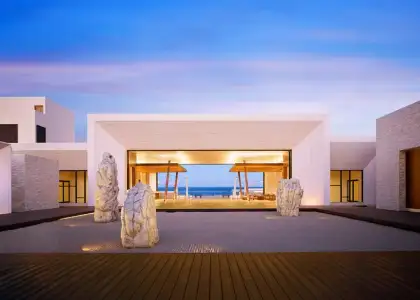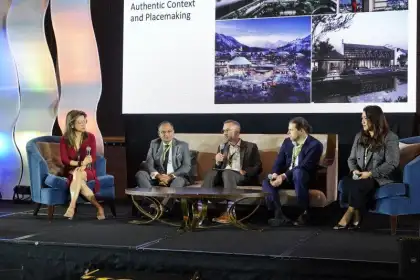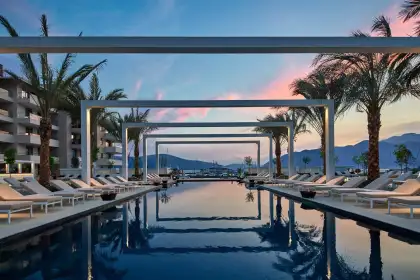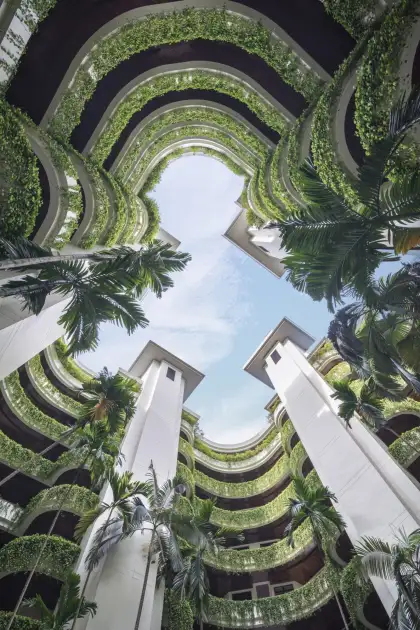Day Trip Hikes in Asia: 11 Trails You Can Conquer in a Day or Less
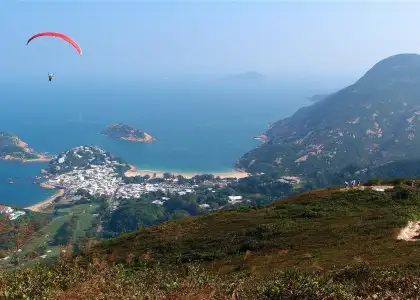
You’ve tasted the delicacies, explored the busy streets, and seen the iconic landmarks – how else can you get to know a city? If you’re looking to escape the urban jungle, some of Asia’s cities are located near breathtaking hiking trails that will give you another lens for experiencing a destination.
Whether you’re an experienced trekker seeking a challenging ascent or a casual hiker looking forward to a leisurely walk through nature, you’re guaranteed to find a trail that meets your needs in Asia. After all, hiking is more than just a physical activity; it’s an immersive experience that allows you to discover a place’s hidden gems and witness panoramic vistas.
If you’re ready for an adventure, lace up your hiking boots and get ready to scale Asia’s natural wonders below:
Hong Kong: Dragon’s Back Hike
Distance from the city: 30 minutes
A hike that takes 90 minutes to two hours, Dragon’s Back promises breathtaking views of beaches, mansions, distant mountains, and the South China Sea. As it’s one of the popular hikes, the trail can get crowded so best to go early or late in the afternoon. The undulating ridge of the trail resembles a dragon’s back so it’s recommended to wear proper hiking shoes and bring plenty of water to stay hydrated.
Hong Kong: Lantau Peak
Distance from the city: 1 hour
Lantau Peak is Hong Kong’s second-highest mountain, making it a daunting undertaking for beginners. However, even if you’re not an avid hiker, scaling the peak is worth the effort as it will reward you with breathtaking views. It will take you around four to five hours to finish the Lantau Peak hike, and many suggest starting before dawn so you can witness a stunning sunrise from the summit.
Macau: Coloane Trail
Distance from the city: 20 minutes
Spanning eight kilometers, the Coloane Trail is the longest hiking trail in Macau, but it’s suitable for hikers of all skill levels and can be completed in just two to three hours. Those who have experienced the trail say it’s relatively easy to accomplish and there are shaded areas where you can take a break while admiring the view. Don’t forget to bring plenty of water and snap photos when you go on this hike.
Manila: Mount Batulao
Distance from the city: Around 2 hours
When it comes to day trips, Batangas is a popular destination because of the numerous activities you can enjoy in the province. Those who want to hike can climb Mount Batulao, an inactive stratovolcano located in Nasugbu, Batangas, which features a mix of steep and flat sections. As you conquer the trail, make sure you admire the views of rolling hills and landscapes. You may also want to start early to avoid the midday heat.
Manila: Mount Pico de Loro
Distance from the city: Around 2 hours
Considered the highest point in Cavite, Mount Pico de Loro is one of the famous mountains in the Philippines known for its single pillar of stone that stands near the summit. Hikers take around four to six hours to complete the trail as it includes forested paths and rocky climbs. If you wish to scale the pillar, bouldering and rappelling are required, but it will surely be a rewarding experience once you reach the top.
Kuala Lumpur: Bukit Gasing
Distance from the city: 20 minutes
A two- to three-hour hike that’s ideal for beginners? Count us in! Bukit Gasing features well-marked trails and a variety of routes that make it an exciting option for outdoor enthusiasts. Aside from taking in the beauty of the lush surroundings, you can also engage in bird-watching opportunities that make it a pleasant escape from the city.
Bangkok: Khao Sam Lan National Park
Distance from the city: Around 1.5 hours
The best thing about Khao Sam Lan National Park is it offers a variety of hiking trails that can be completed in three to four hours. The park is known for its picture-perfect waterfalls and magical forested areas that make it an ideal choice for a day trip. Make sure you wear durable yet comfortable hiking shoes as some trails can be slippery.
Singapore: Bukit Timah Nature Reserve
Distance from the city: 30 minutes
Home to the highest natural point in Singapore, Bukit Timah Nature Reserve offers a hike that can be completed even by beginners in one to two hours. As you explore the area, you’ll see a variety of flora and fauna, making the hike an even more enriching experience.
Singapore: Mount Faber
Distance from the city: 10 to 15 minutes
Mount Faber is a scenic hill that can be leisurely explored and you will be rewarded with views of vistas, the city skyline, and Harbourfront. Climb to the top of Mount Faber via the Marang Trail, which can be found near Harbourfront Exit D. You can reach the highest peak of Faber Point only after a short 800-metre walk. It’s the perfect choice for a quick getaway without straying too far from the city.
Tokyo: Mount Takao
Distance from the city: 1 hour
Easily accessible by train, Mount Takao offers a quick escape to nature, making it a favorite hiking spot among locals and tourists. There are different trails you can take to reach the summit, and once you reach the top, you can get a view of Mount Fuji on clear days. Looking for a bonus treat? A few weeks after the cherry blossoms in central Tokyo have bloomed, Mount Takao offers another great opportunity to witness these beautiful flowers. The hike can be completed in just two to three hours.
Seoul: Bukhansan National Park
Distance from the city: Around 1 hour
The park offers a range of hiking trails that cater to different fitness levels. It is famous for its granite peaks, historical sites, and scenic valleys, making it popular among hikers. It is best to hike early in the morning and allocate around three to four hours to complete a trail. Don't forget to take photos from the summit as the views are said to be spectacular.
Get the latest curated content with The Beat Asia's newsletters. Sign up now for a weekly dose of the best stories, events, and deals delivered straight to your inbox. Don't miss out! Click here to subscribe.











